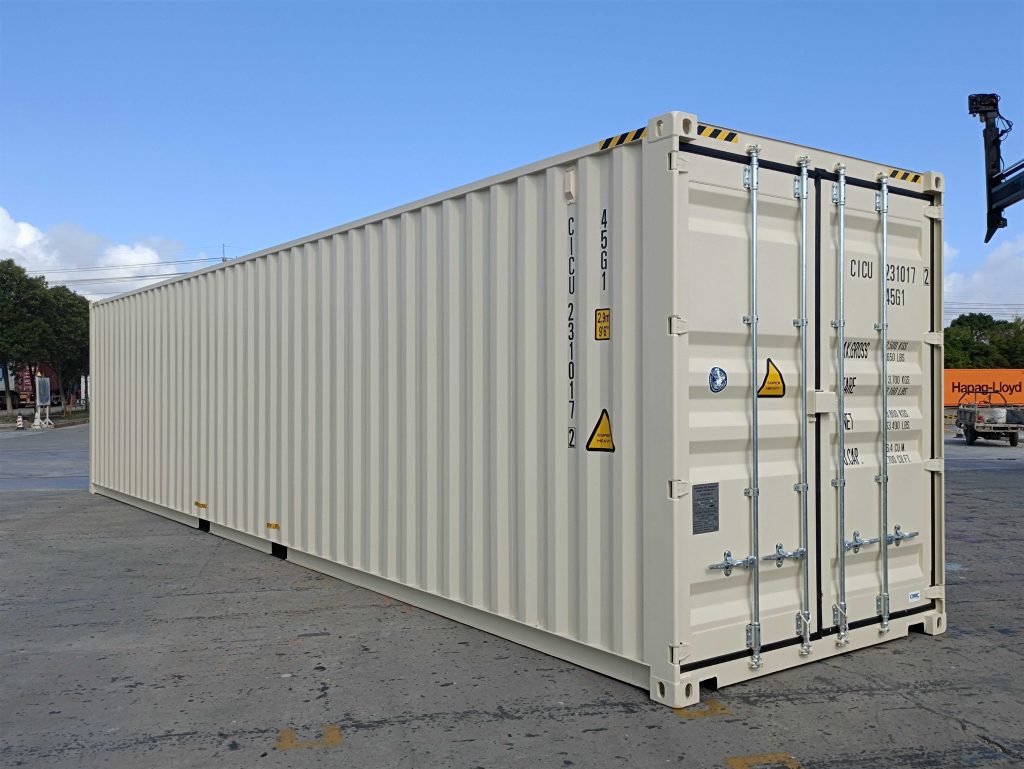Understanding the Size of a 20ft Shipping Container
When it pertains to shipping and transferring items, the container's size is a vital element that needs careful consideration. Amongst the various standardized container sizes, the 20ft container sticks out as one of the most commonly used enters global shipping. that guy explores the dimensions, capacity, and applications of a 20ft shipping container.
Dimensions of a 20ft Container
A basic 20ft container is designed to abide by ISO (International Organization for Standardization) regulations, offering a consistent requirement that helps with simple transport across various techniques of transportation, consisting of trucks and ships. The dimensions of a basic 20ft container are as follows:
| Dimension | Measurement |
|---|---|
| External Length | 20 feet (6.058 meters) |
| External Width | 8 feet (2.438 meters) |
| External Height | 8.5 feet (2.591 meters) |
| Internal Length | 19.4 feet (5.898 meters) |
| Internal Width | 7.7 feet (2.352 meters) |
| Internal Height | 7.9 feet (2.391 meters) |
Capacity
A 20ft container has a versatile capacity that makes it suitable for a variety of freight, varying from textiles to machinery. When assessing its capability, two primary elements enter into play: volume and weight.
| Specification | Measurement |
|---|---|
| Volume | 1,172 cubic feet (33.2 cubic meters) |
| Maximum Payload | Approximately 28,000 lbs (12,700 kg) |
These numbers highlight that a 20ft container can accommodate a considerable amount of cargo, making it an effective option for medium-sized shipments.
Why Choose a 20ft Container?
There are many reasons services and people choose a 20ft container. Here are some key benefits:
- Versatility: The 20ft container can be utilized for a vast array of products-- from pallets of products to bigger equipment and equipment.
- Cost-effectiveness: For smaller deliveries, using a 20ft container can be more economical than bigger container choices. This is especially important for companies wanting to manage costs successfully.
- Transportation Efficiency: The standardized size enables seamless transportation via trucks, trains, and ships, decreasing the intricacy associated with various container sizes.
- Storage Solutions: A 20ft container can work as an efficient storage option for companies needing extra space for inventory or equipment.
- Industrial and Residential Use: Beyond shipping, 20ft containers are significantly being utilized for on-site offices, pop-up retail areas, and even homes due to their robust structure.
Typical Uses for a 20ft Container
Here are some common applications of 20ft containers:
- International Shipping: Ideal for transferring goods across oceans and borders, specifically for organizations involved in e-commerce.
- On-Site Storage: Construction sites typically use containers for devices and product storage to decrease theft and weather direct exposure.
- Modular Offices: Portable workplace services are becoming the standard, with lots of business using customized containers as short-term or long-term workplace.
- Occasion Management: Many event organizers utilize containers for ticketing booths, concession stands, or as back-of-house support.
Frequently Asked Questions (FAQs)
1. Just how much can a 20ft container hold?
A basic 20ft container can bring an optimum payload of approximately 28,000 lbs (12,700 kg) and can consist of around 1,172 cubic feet (33.2 cubic meters) of cargo.
2. Can a 20ft container be carried by air?
Typically, 20ft containers are not appropriate for air transport due to their size. Air cargo typically embraces smaller bundles due to weight and area constraints in airplane.
3. What is the cost connected with shipping a 20ft container?
Shipping costs can vary depending upon various aspects such as the shipping distance, location port, and shipping business. On average, it can vary from ₤ 1,000 to ₤ 2,500 for worldwide shipping.
4. Exist adjustments available for 20ft containers?
Yes, lots of shipping business and producers provide customized modifications for containers, such as windows, insulation, electrical circuitry, and ventilation for a variety of usages.
5. What is the difference between a standard and high cube 20ft container?
While both are 20ft long, a high cube container is taller, with an external height of 9.5 feet (2.896 meters) compared to the standard 8.5 feet (2.591 meters), providing extra volume for freight.
The 20ft shipping container is a flexible, efficient service for numerous transport and storage needs. Its standardized dimensions, sufficient capacity, and cost-effectiveness make it an important part of the logistics and shipping markets. Whether you're a company in need of efficient shipping or a private looking for innovative storage solutions, the 20ft container is undoubtedly an ideal choice. Understanding its size and capability can assist you make notified decisions to enhance your logistics operations or personal jobs.

